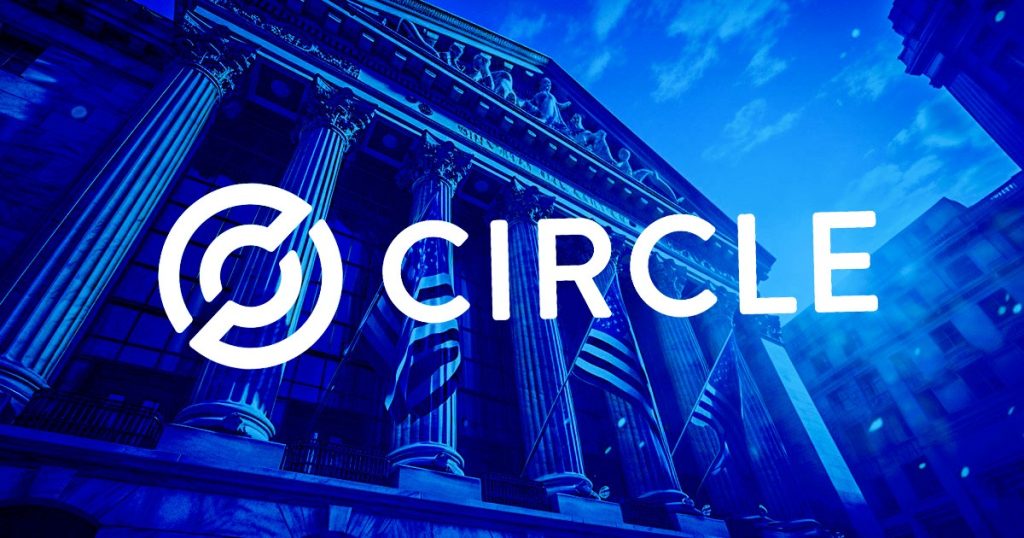Circle’s ’Reversible Transactions’ Proposal Ignites Fierce Debate Over Blockchain’s Immutable Core
Circle just dropped a bombshell that's shaking crypto's foundations—exploring transaction reversibility features that challenge blockchain's sacred immutability principle.
The Great Reversibility Debate
Industry purists are up in arms about what they call 'the slippery slope toward centralized control.' Meanwhile, pragmatists argue reversible features could finally bridge traditional finance with digital assets—potentially unlocking trillions in institutional capital currently sitting on the sidelines.
Technical Implementation Tango
The proposal suggests layered protocols that maintain core chain immutability while adding reversible transaction capabilities as optional features. Think of it as creating emergency exits without burning down the entire building.
Regulatory Chess Match
This move strategically positions Circle ahead of looming global stablecoin regulations. Because nothing says 'compliance-ready' like building undo buttons for billion-dollar transactions—Wall Street's risk managers are probably already drafting love letters.
Market Reaction Split
Trading volumes spiked 40% following the announcement as speculators placed bets on both sides of the ideological divide. The classic crypto pattern: debate principles first, profit opportunities second.
Circle's play might just be the ultimate test of whether blockchain maximalism can coexist with mass adoption—or if we're watching the financialization of crypto's soul. Because nothing brings purists and bankers together like the chance to argue about money while making more of it.

Stablecoin giant Circle is exploring ways to let users “reverse” transactions, a step which is almost unheard of in the crypto world. This move could challenge some of crypto’s core principles and has already sparked a debate across the industry.
Let us explore what this means and what are its implications for the industry.
Circle Weighs Reversible Transactions
According to a report from Financial Times, Circle’s President Heath Tarbert explains that if there exists a system to refund money in cases of fraud or mistakes, it could make people more confident using stablecoins and help them gain wider acceptance, like regular bank money.
“We are thinking through, whether or not there’s the possibility of reversibility of transactions, but at the same time, we want settlement finality,” Tarbert said. He notes that there is a ‘tension’ between sending money instantly and making it irreversible.
However, introducing this reversibility WOULD mark a significant shift for crypto, which has traditionally valued the “immutability” of the blockchain. Some crypto fans may also see this change as almost breaking the core rules of the industry.
Exploring Reversibility
Tarbert also shared that developers are exploring whether some blockchains could have a certain degree of reversibility for fraud, as long as everyone involved agrees.
He added that while blockchain, stablecoins, and smart contracts are often seen as technologically superior, traditional systems still have certain advantages that crypto has not fully matched.
Tarbert’s comments come months after a Trump-era proposal was abandoned, which would have required crypto companies to refund customers if their accounts were hacked.
Circle’s Arc Faces Pushback
Circle recently revealed that it is testing a new blockchain called Arc for financial institutions. This would let banks and asset managers use stablecoins for foreign exchange payments.
However, some executives and developers have criticized Circle’s Arc blockchain for being too centralized, arguing that it goes against the original idea of blockchain, letting people make transactions without relying on banks or middlemen.
Circle claims that payments on its Arc blockchain cannot be directly reversed. Instead, it could create an extra LAYER where all parties agree to make counter-payments, similar to how credit card refunds work.
Circle To Add Confidentiality Layer
Meanwhile, Circle is also planning to improve confidentiality by hiding the size of transactions while keeping wallet addresses visible. Tarbert said that this layer of privacy is useful for banks and clients who wish to keep payment information confidential.

